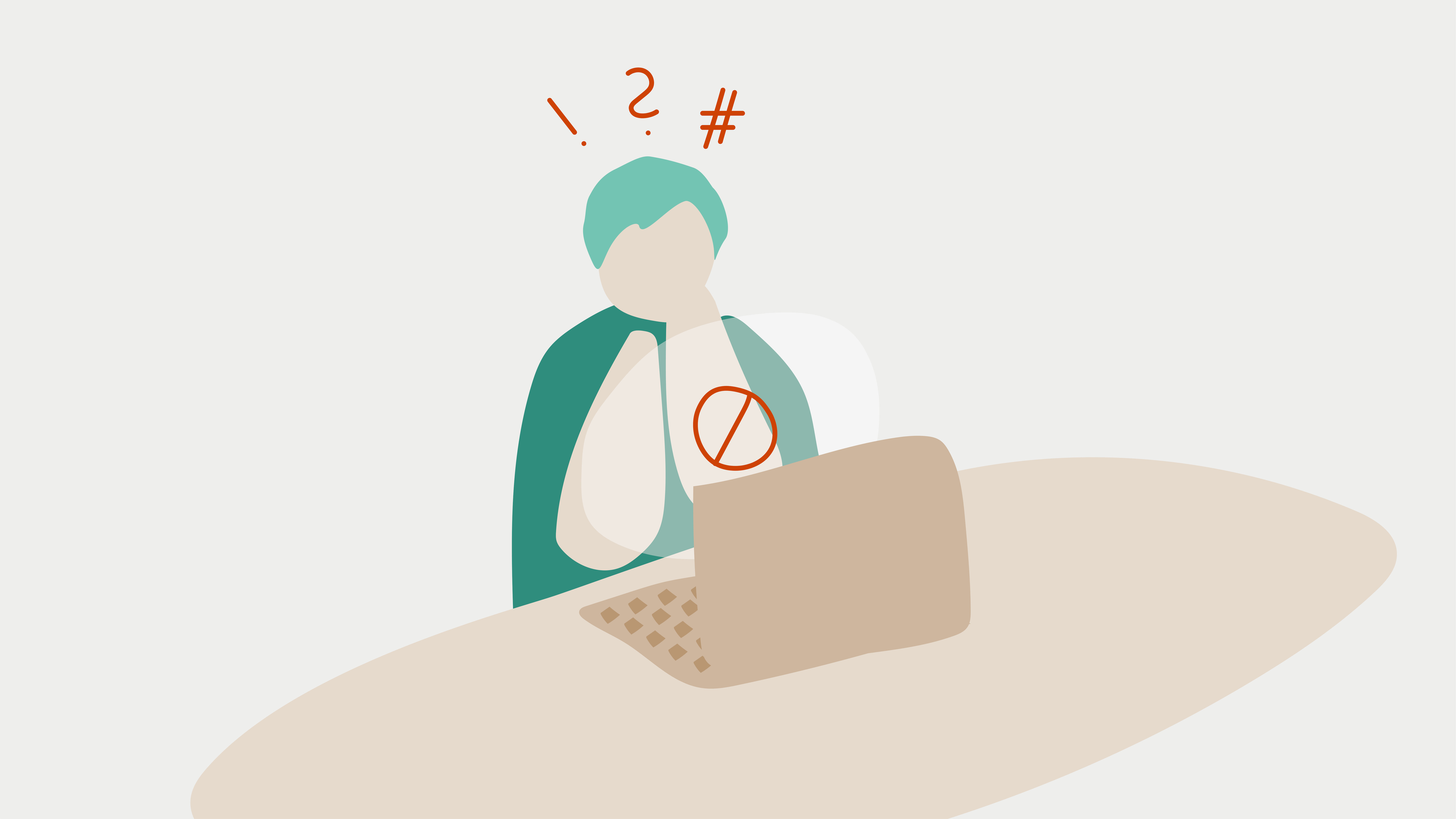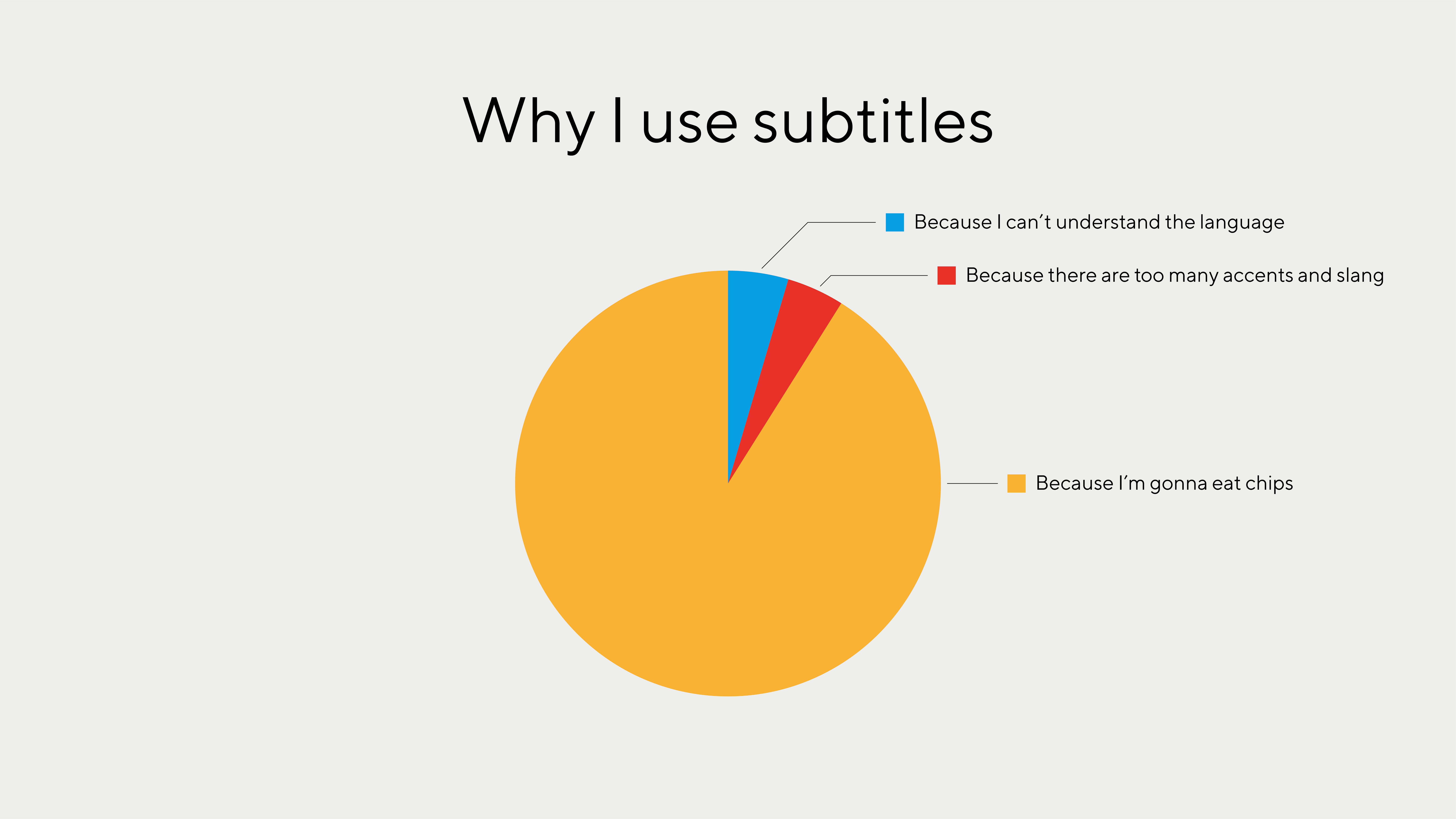Accessibility is an integral part of digital products and services.

Our team of foryouandyourcustomers in Amsterdam, helps customers to create products and services that are accessible. From the visually impaired to the person holding a baby in one arm, we create digital solutions that make their user experience as smooth as possible.
Do the colours have enough contrast? Is there an alternative text added for images? Is the button large enough to press with a finger? These are a few of the things we consider when creating components.
The importance of digital accessibility
There is a misconception that people with disabilities make up a minority of online users. According to the World Health Organisation (WHO), 15% of the world's population lives with disabilities, a number that is increasing, partly because the world's population is ageing due to declining birth and death rates.
"Imagine that the websites and apps you use today no longer work for you tomorrow. They still work for everyone else. From social media to banking to your favourite shop to your online tax return. You are locked out from using them."
We think of accessibility being beneficial for anyone who has a permanent, temporary or situational disability. Permanent, for example, in the sense of being deaf. Temporary, for example, if one has an ear infection. Situational, for example, if one is in a noisy environment. In each case, the person should be able to complete a task with limited hearing.
That is what accessibility can do: It reduces barriers that prevent people from participating in society equally. Also online. And ultimately, everyone can benefit from it.
Chris Heilmann about the benefits of using subtitles in movies, source: https://twitter.com/codepo8/status/1409559894265565188

Advantages and requirements
The consequences of barriers? Ethical, legal and commercial. Inaccessible sites are detrimental to the people concerned. Not improving them can bear legal risks. And it usually means a loss of conversion and turnover for businesses.
Let me illustrate this with an example. A few weeks ago, a customer asked: "Why should we make our shop accessible to blind people? I haven't yet heard of anyone blind who ordered our products online." My answer? "What do you think? Why don't they use your shop?"
"Why should we make our shop accessible to blind people? I haven't yet heard of anyone blind who ordered our products online." My answer? "What do you think? Why don't they use your shop?"
— Customer, Anonymous
Less than 5 seconds later, it was clear to the customer: the shop is not perceptible and inoperable for blind people. Its design disables them and tempts them to leave the shop immediately, to be frustrated and not return.
As a company that places great emphasis on its social responsibility, foryouandyourcustomers has a strong interest in serving our customers, their customers, and society in general, as well as possible. Besides, the European Accessibility Act (EAA) requires our customers to make online products and services accessible to all Europeans over time.
We, therefore, see accessibility as a best practice, and by applying it consistently, we help our customers
prevent disability discrimination,
reach the broadest possible audience to increase turnover,
comply with legal standards and minimise legal risks,
practise ethical design and decision-making,
focus on great products rather than reviewing buttons and links repeatedly,
improve the overall experience of users,
save time and money when scaling accessibility to pages, user flows and new products, and
facilitate and improve SEO strategies and efforts.
Want to learn more about the business case for digital accessibility? I recommend reading this article published by the World Wide Web Consortium (W3C). You will be able to read more about the benefits of accessibility and real case studies.
Good to know: Accessibility experts estimate that the additional effort required to make a solution accessible retroactively is only 0 to about 5 %. That is because most of the accessibility work comes down to following coding standards (e.g. semantic HTML) and good usability practices (e.g. consistency). Essentially, it is part of a definition of quality—a best practice.
In practical terms, what is it all about?
Accessibility is an intersectional discipline of design, editorial and development. Together we pay attention to topics like:
Colour and contrast
We check colours for contrast to their background and ensure it is as accessible as possible for the visually impaired. We ensure our customers' colour contrasts comply with the basic standards of the WCAG (Web Content Accessibility Guidelines). Depending on our customer's ambitions, we gladly meet even stricter standards than legally required.
Keyboard and focus
We ensure that people can operate interfaces and content with a keyboard. For example, all interactive elements must be reachable via the tab key. Which, by the way, power users also appreciate.
Screen reader support
Screen readers are of irreplaceable value for users who cannot see a website with their own eyes or have difficulty reading for other reasons. Interactive components must thus always have labels readable by screen readers. For example, an icon-only button must have a hidden label that a screen reader can recognise. Every image that adds information needs an alt text that describes it so that people can imagine it without seeing it. However, decorative images should be provided with an empty alt text so that assistive technologies can ignore them.
alt="A photo of a dog running through the fields, trying to catch a red ball. It is sunny; the sky is blue."

... yes, the picture is indeed broken; that is intentional. However, can you imagine the setting from reading the alt-text?
Language and content
We are aware that language can be a barrier for many people, and that content is the most important part of our customers’ products. To make this content accessible, we start with two important levers:
We aim to provide content in the users’ native language(s). Of course, every additional language slows down product development. But speaking the language of the user goes a long way in building trust and understanding.
We use understandable language that readers can understand quickly, easily and completely because it is free of complex language, jargon, idioms or complicated metaphors.
How to get started?
Is your business already online? First of all, problems must come to light. Conducting an accessibility audit with WCAG as a reference point is an excellent way to understandg where a product currently stands. Such an audit can reveal a wide range of issues, and addressing them will help improve the experience for everyone using the site.
Just starting? Baking in accessibility from the start is ideal. Design systems present a unique opportunity to build accessibility into a component library from the start and get ready to scale. Both from a UX design and a code repository perspective. We help you choose and customise the best library or create one for your needs.
Already have a design system? Great! We can make it accessible step by step. Through our agile way of working, we can gradually make components accessible and deliver them to your entire product.
"A design system is the right place to start improving accessibility because it's the foundation for your product."
— Annegret Bönemann, foryouandyourcustomers
No matter if online or not yet, at any stage, the team behind a product must recognise the importance of accessibility. For this, we offer exercises and training, which help designers, developers, and business stakeholders learn about guidelines and regulations and provide them with processes and tools to kick off their practice.
Our services
We are happy to help you design and develop your digitally accessible shop or website. Of course, we also help improve the accessibility of existing websites.
Services we provide include:
Audits & assessments to identify barriers and recommend modifications
Trainings & workshops to raise awareness and educate best practices
Design and implementation of accessible solutions
Lead your team in adopting an accessibility practice
Build a business case of accessibility
Testing with user groups
Translation Management
Curious about what we can do for you, or do you have any questions? Please contact abo@foryouandyourcustomers.com to discuss what approach suits your company and your unique situation best.

